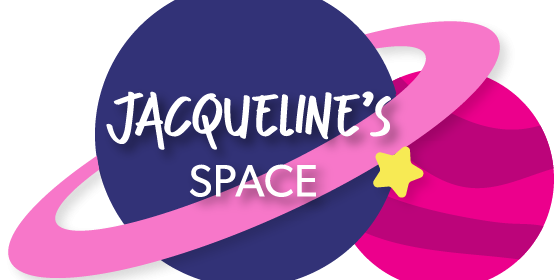Jacqueline’s Space: Dust is Not the End of the Story

The James Webb Space Telescope (JWST) is NASA’s version of a 20-something refusing to move out of his parent’s basement.
Development of the JWST, originally called the Next Generation Space Telescope, began in 1996 as the successor to the Hubble Space Telescope. According to Marina Koren in “The Atlantic,” the telescope was estimated to cost $500 million and the original launch date was set for 2007.
It’s 2021. The cost: $10 billion.
In that time, JWST has experienced set back after set back, development debacles and the impending threat of budget cuts. I find it almost entertaining to read old news stories covering Webb. In September 2017, a website called Space covered a launch delay “from October 2018 to spring of 2019.” In July 2020, CBS News covered another launch slippage “from March to October 31, 2021.”
Finally, last month, JWST took its last earthbound trip – 16 days at sea on its way from California to French Guiana, the site of its launch planned for Dec. 18, according to NASA.
I’m worried this could jinx it, but I think it’s finally happening. And the wait will prove to be worth it.
The scientific implications of JWST are beyond what words can tell and, likely, beyond what the brightest astrophysicist can even imagine.
Working primarily with ultraviolet and optical wavelengths, the 1990 launch of Hubble was destined to send back stunning photographs of nebulas and galaxies and revolutionize our understanding of the universe. But scientists knew there would be limitations.
Made of 18 gold, hexagonal panels that unfold to produce a 21-foot-wide mirror, JWST has a mirror over six times the size of Hubble, making it far more sensitive to light and allowing it to see farther and fainter objects than Hubble.
In addition, JWST is working in a completely different wavelength of light. As the universe expands, it stretches visible light into infrared light, a wavelength of light that neither we (nor the Hubble) can see but only feel in the heat of the sun. These are the wavelengths JWST was designed to detect, allowing us to image objects, potentially the first galaxies, deep in the universe. This new vision, deep into space, will transform our understanding of the beginnings of the universe.
JWST’s infrared will also see through the obscuring dust clouds of nebulas, stellar nurseries where stars and planets are forming. With a cooling mechanism and a tennis court-sized heat shield, JWST can block out the infrared from the earth and sun and detect the heat emitting from young stars, brown dwarfs, protoplanetary disks and much more, giving us insight into the early formation of stars.
Additionally, the infrared capabilities of JWST will study the atmosphere, and potential habitability, of exoplanets as well as the atmospheres and composition of planets in our own solar system.
This is only the tip of the iceberg for what scientists have planned. For astronomers, the flood gates of light are about to be opened.
But, furthermore, as I’ve pondered the excitement that is JWST, a theological implication has come to mind for those who may not be as enthralled by these scientific possibilities.
In Genesis 3:19, God said to Adam, “For dust you are, and to dust you shall return.” We are made from dust, but dust is not the end of the story. Dust is not how we are seen in the eyes of Christ.
In the eyes of Christ, we are his sons and daughters, beautiful masterpieces. Our bodies, though in appearance dust, will be transformed into heavenly, ageless bodies that reflect the inner person.
Like how JWST will peer inside the dust to see the intricate beauty of stellar formation, Christ, as the Light of the World, shines through our dust and instead sees the beauty of the person within.
Hale is the editor-in-chief. Follow her on Twitter.
